 |
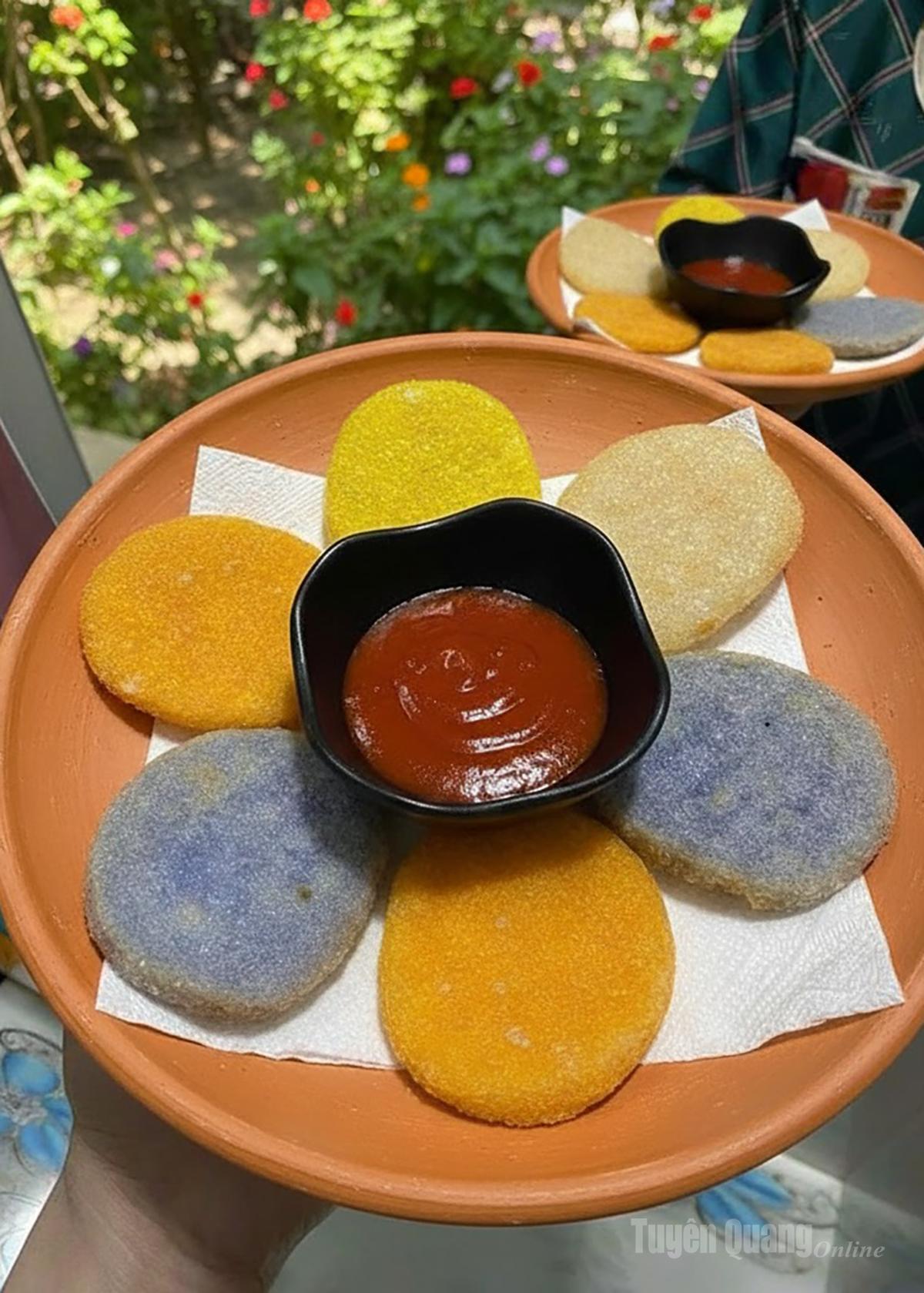 |
| Stone cakes are colored from forest plants. |
Stone cake, also known as Lo Khoai cake, has its roots in the traditional food storage needs of the highland people. In the past, when the mountainous areas did not have electricity or refrigerators, preserving food through the long, scarce winters was a big problem. People found a unique solution: turning fragrant sticky rice grains into hard “stones” for storage. The name “stone cake” also comes from this characteristic: after being made and cooled, the cake hardens like stone, and can even make a sound when tapped together.
Although the process of making stone cakes uses rustic ingredients, it is extremely elaborate and meticulous, requiring dexterity and adherence to traditional steps. The core ingredients are sticky rice grains (or rice) grown on terraced fields, with the characteristic sticky and fragrant flavor of the mountains and forests. The rice is carefully selected, after soaking in water for about 4 - 5 hours, it will be ground into flour. To make the cake not only delicious but also eye-catching, the people have cleverly used available natural leaves and flowers such as purple leaves, butterfly pea flowers, turmeric, and gac fruit to create brilliant green, purple, yellow, and red colors. The most important step is pounding and shaping the cakes. After being steamed, the rice flour will be scooped out, pounded and kneaded by hand very quickly while the dough is still hot, to ensure the dough is sticky and thick. The dough is shaped into long, oblong cylinders, as big as bricks (about 10 - 15 cm in diameter, weighing about 1 kg/piece). The kneading action must be decisive and quick to avoid the dough from cooling and clumping. After kneading, the cake must be left to cool completely before being stored.
When you buy Banh Da, you have to process it before you can enjoy it, and the variety of ways to prepare it has turned this reserve food into an attractive specialty. The cake is usually sliced or shredded before being prepared. The most popular and favorite way to eat it is to fry it or grill it on a charcoal stove. When fried, the cake puffs up, the outside is crispy, the inside still retains its chewy texture and the fragrant taste of rice. This dish is often dipped in sweet wild honey or rich condensed milk. In addition, sliced Banh Da is also used to dip in hot pot, replacing vermicelli or noodles, bringing a new and unique feeling. Another sweet variation is to cook Thang Den sweet soup - cut the cake into small pieces, boil until soft, then cook with warm ginger sugar water, sprinkle with crispy roasted peanuts.
Nowadays, the stone cake has been vacuum-sealed, carefully packaged and widely sold as a specialty gift. Modern preservation methods in the refrigerator or freezer help tourists easily bring this dish back to the lowlands. With prices ranging from 50,000 - 100,000 VND/kg, the stone cake not only brings the unique flavor of the highlands but is also a meaningful gift, conveying the feelings and culture of ethnic minorities.
Hoang Anh
Source: https://baotuyenquang.com.vn/van-hoa/202510/banh-da-vung-cao-62b68f0/



![[Photo] General Secretary To Lam meets with General Secretary and President of Laos Thongloun Sisoulith](https://vphoto.vietnam.vn/thumb/1200x675/vietnam/resource/IMAGE/2025/10/25/1761380913135_a1-bnd-4751-1374-7632-jpg.webp)




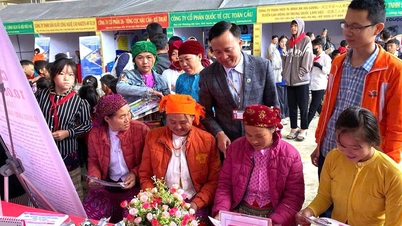



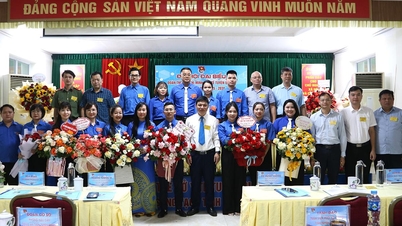
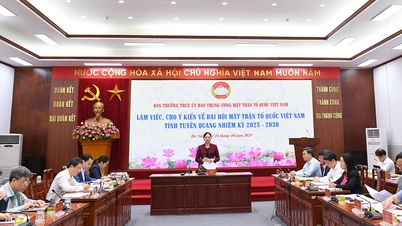
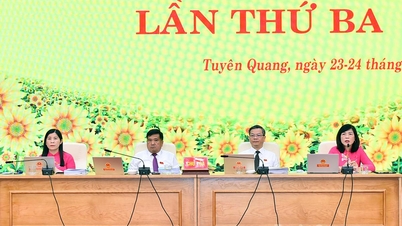





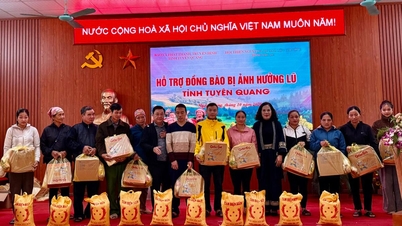
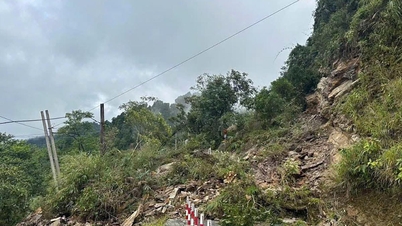
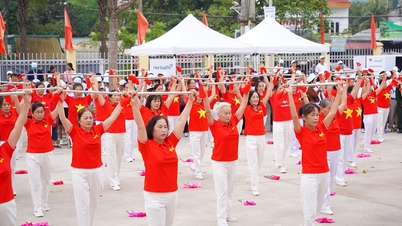


![[Photo] President Luong Cuong receives heads of delegations attending the signing ceremony of the Hanoi Convention](https://vphoto.vietnam.vn/thumb/1200x675/vietnam/resource/IMAGE/2025/10/25/1761377309951_ndo_br_1-7006-jpg.webp)
![[Photo] President Luong Cuong and United Nations Secretary-General Antonio Guterres chaired the signing ceremony of the Hanoi Convention.](https://vphoto.vietnam.vn/thumb/1200x675/vietnam/resource/IMAGE/2025/10/25/1761370409249_ndo_br_1-1794-jpg.webp)








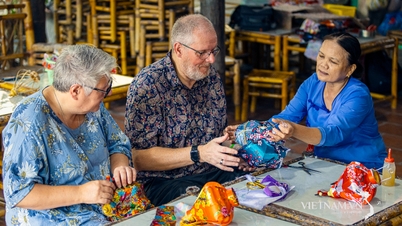

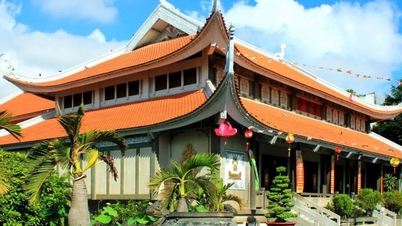



























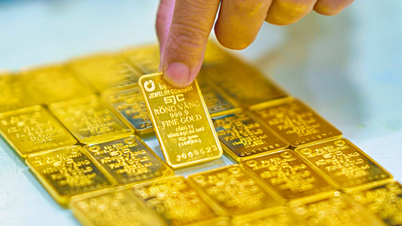


![[Photo] General Secretary To Lam receives United Nations Secretary-General Antonio Guterres](https://vphoto.vietnam.vn/thumb/402x226/vietnam/resource/IMAGE/2025/10/25/1761379090768_image.jpeg)


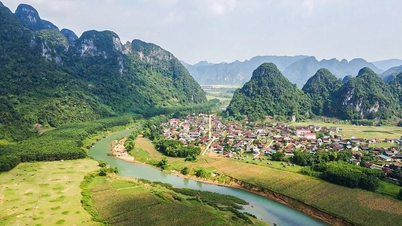






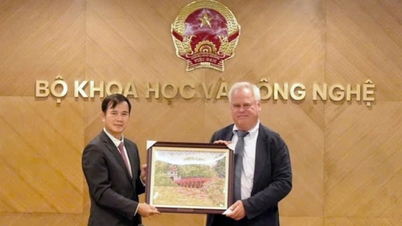





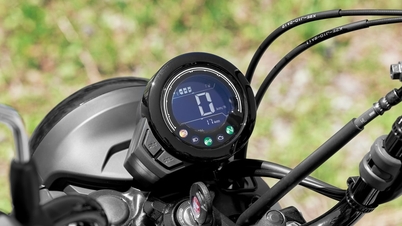




















Comment (0)